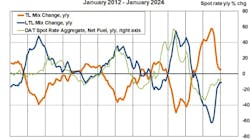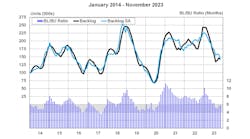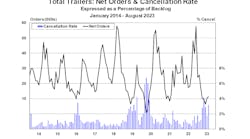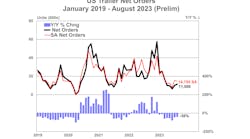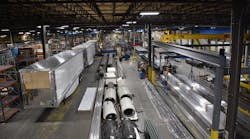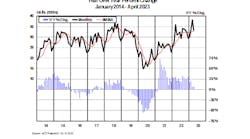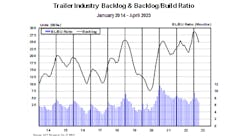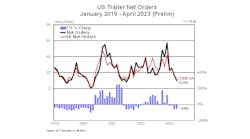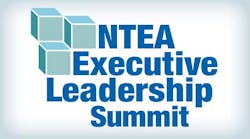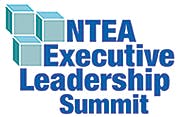THE United States will experience moderate growth in the next 12 to 24 months, but nothing that will appreciably move the needle, according to Michael A Brown, economist for Wells Fargo Securities.
Brown is forecasting this year’s GDP growth to come in at 2.4%, next year at 2.5%, and then 2.4% in 2017, with a very slow, very gradual increase in interest rates.
In his presentation, “Economic Outlook for 2016 and Beyond,” he gave his expectations:
• Business spending will remain modest.
• Investment in commercial real estate will support growth.
• Consumer spending growth will remain robust.
• Disposable income growth should begin to accelerate.
• The housing market continues to improve.
• Some regions will recover faster than others.
• Sustained job growth will continue.
• Longer-term structural issues remain.
He said there are four factors influencing economic activity: business investment; the labor market; inflation and interest; and fiscal policy.
“We believe we are at the back half of this business cycle,” Brown said. “Indices on business activity suggest an improving near-term outlook for services while manufacturing has softened.
“Growth in business fixed investment spending will support growth in the coming quarters. Core capital goods orders have slowed significantly in recent months. Equipment spending has been modest in recent quarters.”
The Cass Freight Index, which measures shipments as a year-over-year percent change with a three-month moving average, shows that shipments growth has been modest since the rebound following the recession. Since 2012, it has been hovering around zero, and midway through 2015 was minus-3%.
Brown said commercial construction spending has been a bright spot.
“It will help to perpetuate business investment in the year ahead,” he said. “It will be in the form of real estate, not oil and gas.
“Apartments have seen the greatest improvement in operating fundamentals but have also seen intense new development. The industrial market has also improved quite significantly. We like apartments. There is a lot of building going on now. Also, warehousing and distribution centers. This should be a bright spot as we transition to e-commerce. Small business optimism has finally turned around. This is good news for job creation.
Why the change?
“We’re starting to see homeowner equity,” he said. “Homes are appreciating again. The market continues to improve. Sixty-six percent of the mortgages had negative equity in their homes in Nevada. The rise in home prices has helped bring down the share of owners who owe more on their home than their home is worth.
He said this is because as boomers retire, they move into rental property (assisted living, etc). Millennials have high student loan debt, so more than ever, they are living with their parents. Add on top of that the “insanely high prices in some cities.”
“Millennials continue to move to the city centers,” he said. “That does not speak to home buying. Millennials are now the largest demographic.”
Brown said food away from home, entertainment, and apparel spending have improved over the past year as the economy has picked up. Associated with that, people are gearing up for e-commerce.
“Consumer spending growth will continue to average around 2.5%,” he said. “We see long-term structural changes that will hold down spending. The employment rate is picking up, but structural issue remains.
“The employment picture is mixed across different levels of education. We have a skills disconnect. In part, we can’t get this fixed in Congress because that will take longer than a Congressional term.
“It wasn’t until July 2015 that we have restored the full-time jobs from the recession. Income growth has been sluggish compared with past recoveries. Less than half of the nation’s income comes from working families.
“Inflation remains in check. The Federal Reserve is obsessed with wage inflation. But we have incentivized benefit inflation. I believe the Fed will start raising rates in December. The credibility of the central bank is critical in building confidence. To do nothing this year would reduce confidence.
He said that over the next year, central bank policies will continue to diverge. The dollar has strengthened relative to the currencies of our major trading partners. The euro and the pound have depreciated recently as the yen continues to decline as well.
“When we raise interest rates at a time when other countries are trying to stimulate growth—Japan, Europe—that money will flow into the US, creating more problems for those countries.”
He said growth in the global economy likely will pick up slightly next year.
“It would take a sharp downturn in the rest of the world to have a meaningful effect on US economic growth. The US economy tends to pull down global growth, not the other way around. The Eurozone will improve in the year ahead.” ♦
